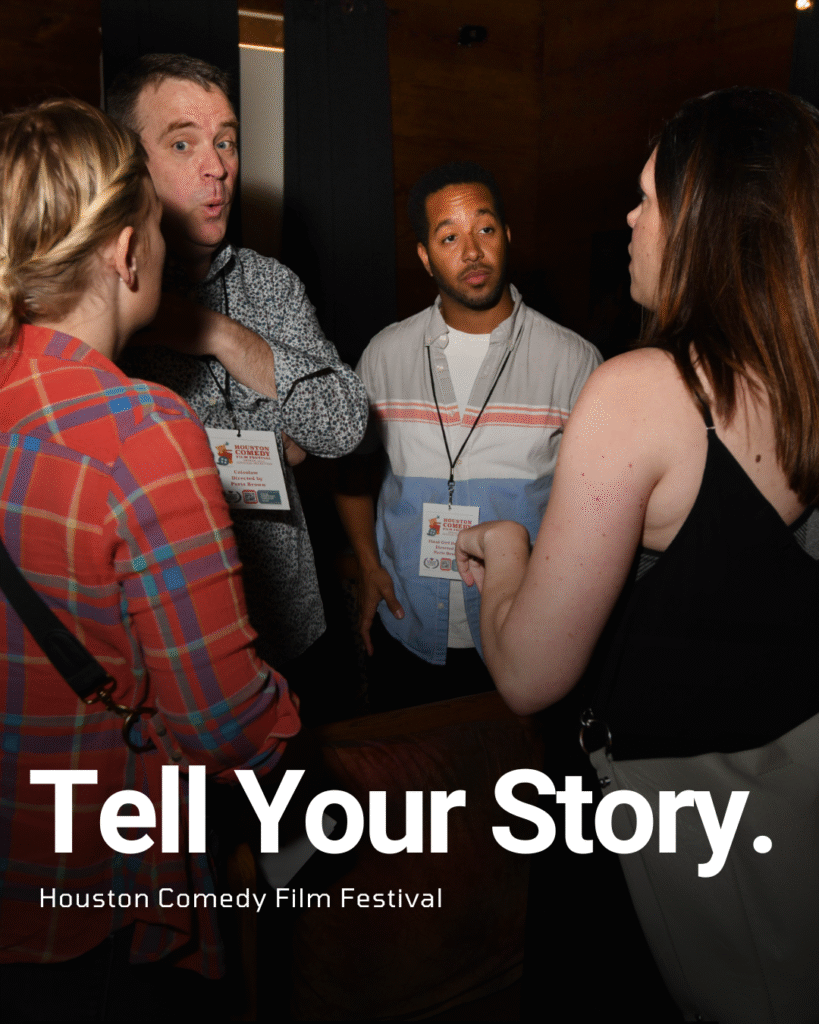Entertainment
Matthew McConaughey Enlists Son Levi for Maui Wildfire Relief Efforts on August 15, 2023 at 11:51 pm Us Weekly
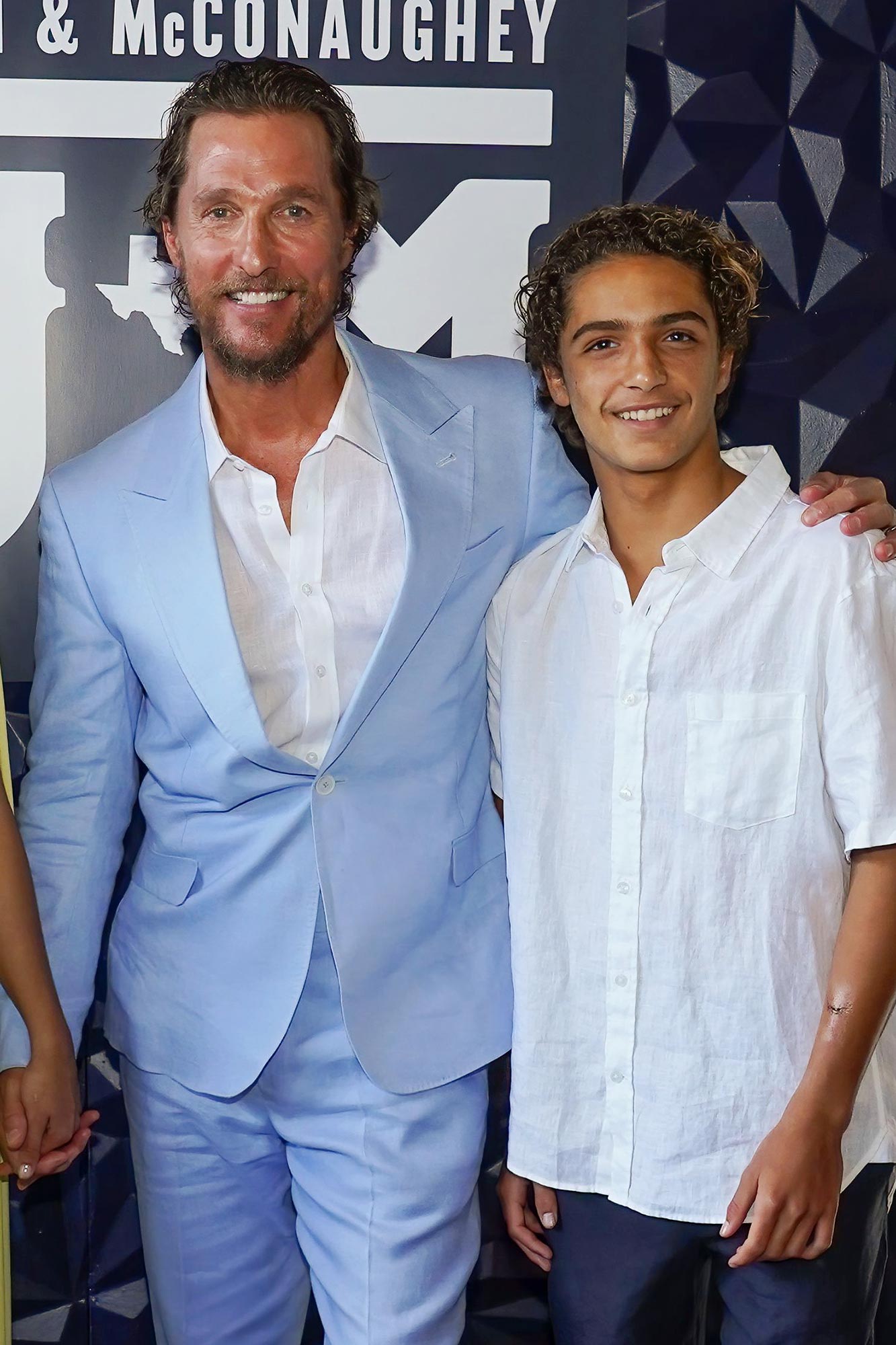
Camila Alves McConaughey. Suzanne Cordeiro/Shutterstock
Matthew McConaughey and Camila Alves’ oldest son, Levi, is following in their footsteps when it comes to giving back.
McConaughey, 53, and his look-alike son, 15, teamed up on Tuesday, August 15, to inspire others to help raise money for the victims of the recent Maui wildfires. (McConaughey also shares daughter Vida, 13, and son Livingston, 10, with Alves, 41.)
“We know that you probably already know about all the devastation on the island of Maui. The fires over there have put so many people out of home and have taken so many lives,” McConaughey said in an Instagram video as Levi sat beside him. “These people need to stabilize to survive.”
The Oscar winner explained that he and Levi, along with Alves, are partnering with Baby2Baby to get victims back on their feet. According to McConaughey, Baby2Baby is “working with partners that are on the ground in Maui saying, ‘This is what people need right now. This is what the most needy people need.’”
The organization is assisting Hawaiian nonprofits on the island of Maui — including Aloha Diaper Bank, Hawaii Diaper Bank, Maui Food Bank, Pacific Birth Collective and Maui Rapid Response — to serve the community ASAP.
“These are people, organizations, on the ground in Maui saying, ‘This is what is needed right now,’” McConaughey continued. “So if you’d like to help, check out Baby2Baby, see the work they’re doing. Or any other way you can help. There’s a lot of help that’s needed.”
Courtesy of Matthew McConaughey/Instagram
Levi, who looked like the spitting image of his father in the clip, chimed in: “They’re going to need it for the long-term, so any way you guys can help, it’s appreciated. Thanks, guys.”
McConaughey echoed his son’s sentiments, concluding, “Just keep livin. Thanks, guys.”
The father-son duo further explained in the video’s caption that the McConaughey family is “funding an emergency aid plane with @Baby2Baby that is filled with hundreds of thousands more emergency supplies that will have an immediate impact on children and families on Maui.”
The actor tagged Baby2Baby and the rest of its partners to show his followers where to donate. “Grateful we can help get these critical supplies to children and families who need it,” McConaughey wrote. “If you would like to support relief efforts, please visit @baby2baby – @jklivinfoundation.”
McConaughey’s call for action with Levi is one of many efforts celebrities have made following the natural disaster in Maui. On August 8, brush fires caused by strong winds destroyed much of the island and resulted in President Joe Biden declaring that a “major disaster exists in the state of Hawaii” and ordering federal aid to be sent. On Monday, August 14, CNN reported that at least 99 people died from the fires with the number expected to rise as first responders continue to search the rubble.
In the wake of the devastation, stars including Jason Momoa and Dwayne “The Rock” Johnson have kept their fans up to date with places they can donate. “We are devastated and heartbroken for our friends and ‘ohana on Maui who [have] been impacted by the recent wildfires,” Momoa, 44, who was born in Honolulu, Hawaii, wrote via Instagram on August 9, sharing links to organizations helping the cause.
McConaughey, for his part, has been vocal about raising his kids to help others and give back when they can.
“I noticed early on that these young people are who they are. I can shepherd them, nudge them. I can put in front of them what lights their fire and try to keep them from hurting themselves too bad, but other than that they are who they are,” he said during an April appearance on the “Dear Chelsea” podcast. “I’ve got some considerate children. Hopefully they can get out of the house confident, having an idea of who the hell they are and who they’re not.”
Matthew McConaughey and Camila Alves’ oldest son, Levi, is following in their footsteps when it comes to giving back. McConaughey, 53, and his look-alike son, 15, teamed up on Tuesday, August 15, to inspire others to help raise money for the victims of the recent Maui wildfires. (McConaughey also shares daughter Vida, 13, and son
Us Weekly Read More
Entertainment
Kim and Kanye’s Daughter North West Faces Criticism Over Her Tattoos

North West, the 12-year-old daughter of Kim Kardashian and Kanye West, is under the spotlight once again — this time for showing off a collection of tattoos that set social media on fire. In recent photos and videos circulating online, North was seen with several arm designs, including tributes to her parents and fashion-inspired symbols. While fans were quick to admire her bold style, not everyone was impressed.

Critics argue that the tattoos — even though they appear to be temporary — are another example of celebrity children being pushed into adult trends too early. Comments flooded social media platforms, with some users saying Kim allows North too much freedom, while others defended the reality star’s parenting approach, praising her for letting her daughter explore creativity and self-expression.
“Kids should be kids,” one commenter wrote, reflecting a broader sentiment among parents online. Meanwhile, supporters pointed out that North comes from one of the most fashion-forward families in the world and that experimenting with style is part of her upbringing.
Kim Kardashian has not directly addressed the controversy, but she has often spoken about encouraging her children to express themselves authentically. North, already known for her viral TikTok appearances and fashion collaborations, seems unfazed by the criticism.
At just 12, North West continues to blur the lines between youth culture and celebrity identity — reminding the public that in the Kardashian–West household, individuality isn’t just allowed, it’s celebrated.
Entertainment
Jennifer Lopez’s Ex Fires Back: “You Are the Problem”

Ojani Noa Accuses J.Lo of Cheating After “Never Been Loved” Comments
Jennifer Lopez is once again at the center of a media storm — but this time, it’s her first husband, Ojani Noa, turning up the heat. Following Lopez’s recent Howard Stern Show interview, in which she claimed she has “never been truly loved” by any of her exes, Noa has publicly accused the superstar of cheating and playing the victim.
In the viral Instagram post that has now spread across major outlets like TMZ and New York Post, Noa didn’t hold back.
“Stop putting us down. Stop putting me down with your victim card,” he wrote. “The problem is not us. Not me. The problem is you. You’re the one who couldn’t keep it in your pants.”
“You Chose Fame and Lies Over Love”
Noa and Lopez were married briefly from 1997 to 1998, before her rise to Hollywood superstardom. In his explosive statement, he accused her of being unfaithful during their marriage, claiming she prioritized fame over their relationship.
“You have been loved a few times. You’ve been married four times. And have had countless relationships in between,” Noa continued. “You decided to lie, to cheat on me. You begged me to keep the marriage intact to avoid bad press.”
Noa described himself as “faithful, honest, and loving,” saying he uprooted his life and career to support Lopez at the beginning of her entertainment journey. “I left my family, my friends, everything behind for you,” he wrote, “but once fame came calling, you left me behind.”
Lopez Silent Amid Growing Backlash
As of now, Jennifer Lopez has not publicly responded to Noa’s allegations. During her Howard Stern interview, the singer and actress claimed her former partners “weren’t capable” of loving her, saying, “It’s not that I’m not lovable… it’s that they’re not capable.”
Her remarks were widely interpreted as referencing all of her ex-husbands — including Marc Anthony, Cris Judd, and Ben Affleck — but it was Noa who reacted first and most forcefully. His comments have ignited widespread debate online, with many questioning whether Lopez’s honesty came at the expense of others’ reputations.
Public Response and Media Fallout
The online reaction has been intense, with social media users split between defending Lopez’s right to share her truth and blasting her for allegedly rewriting history. Meanwhile, entertainment analysts note that the controversy adds to an increasingly turbulent year for the singer, following canceled tours, underperforming films, and ongoing scrutiny over her marriage to Affleck.
This latest backlash has also reignited conversations about Lopez’s highly publicized romantic history. As tabloids and fans speculate whether more exes might respond, the situation underscores an old truth in celebrity culture — that every candid confession comes with consequences.
For now, Jennifer Lopez remains silent. But in the court of public opinion, the debate about who’s really at fault in her love story is only just beginning.
Entertainment
Selling Your Soul in Hollywood: The Hidden Cost of Fame
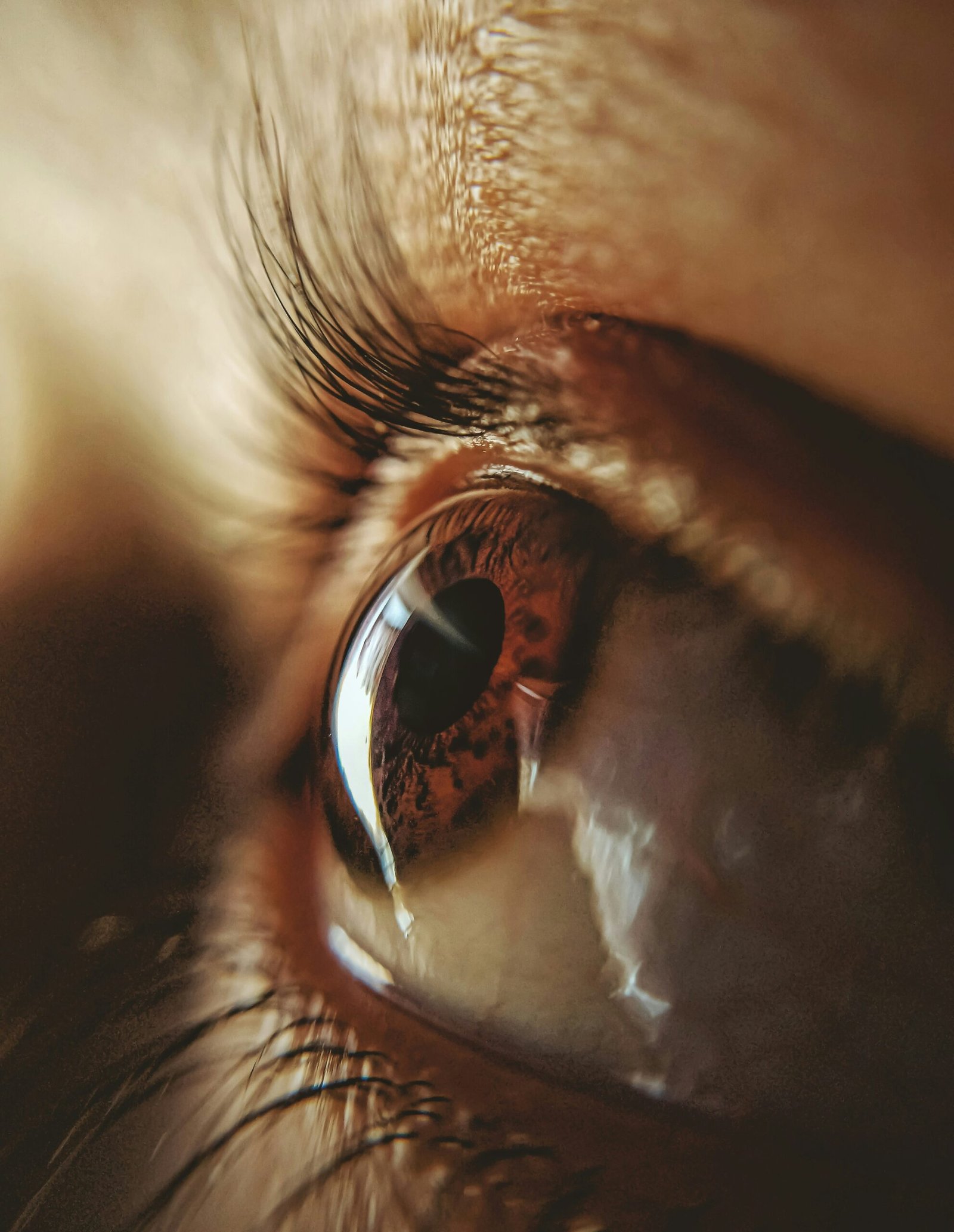
By all appearances, Hollywood is a dream factory — a place where charisma, talent, and luck collide to create stars. But behind the camera lights and red carpets lies a conversation few inside the industry speak openly about: the spiritual and moral price of ambition.
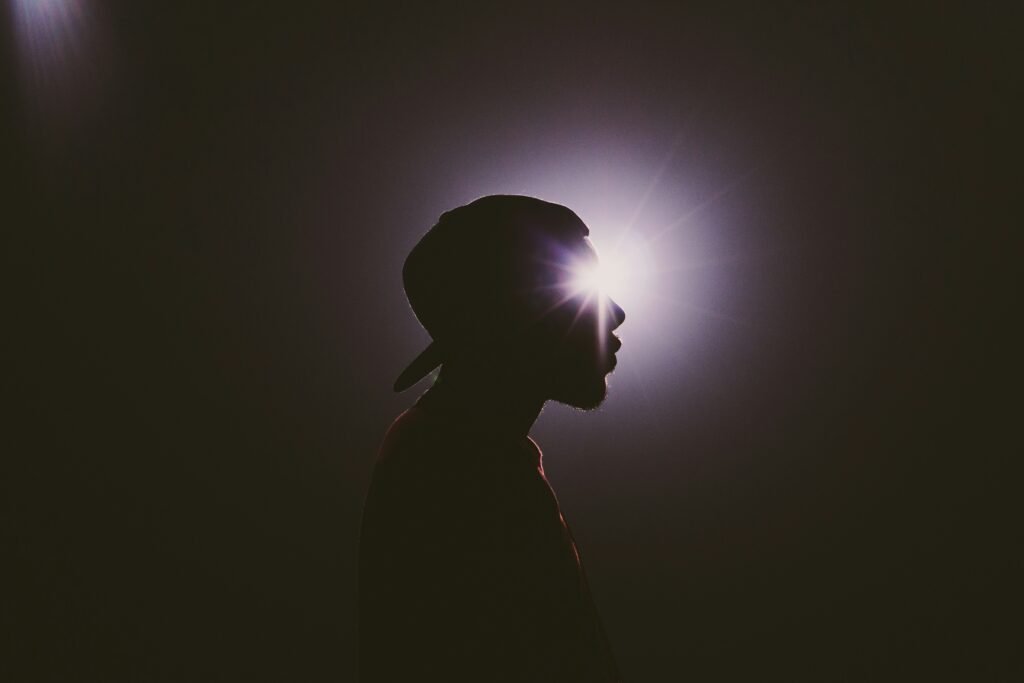
For actor Omar Gooding, the idea of “selling your soul” in Hollywood isn’t a metaphor — it’s a moral process that begins with tiny compromises. In an October 2025 interview, Gooding explained that no one in Hollywood makes a literal deal with the devil. Instead, it’s the quiet yeses, the moments when comfort overrides conviction, that mark the beginning of the trade. “They don’t say, ‘Take this or you’ll never make it,’” he said. “They just put it in front of you. You choose.”
Those choices, he argues, create a pattern. Once you show that you’ll accept something you once resisted, the industry notices. “Hollywood knows who it can get away with what,” Gooding said. “One thing always leads to another.” The phrase “selling your soul,” in this context, means losing your say — doing what you’re told rather than what you believe in.
That moral tension has long shadowed the arts. Comedians like Dave Chappelle, who famously walked away from millions to preserve his creative integrity, often serve as examples of where conviction and career collide. In resurfaced interviews, Chappelle hinted that he felt manipulated and silenced by powerful figures who sought control of his narrative, warning that “they’re trying to convince me I’m insane.”
This isn’t just about conspiracy — it’s about agency. Hollywood runs on perception. Performers are rewarded for being agreeable, moldable, entertaining. Those who question the machine or refuse the script risk exile, while those who conform are elevated — sometimes beyond what they can handle.
“We see the ‘collections’ all the time,” Gooding explained. “When the bill comes due, you can tell. They made that deal long ago.”
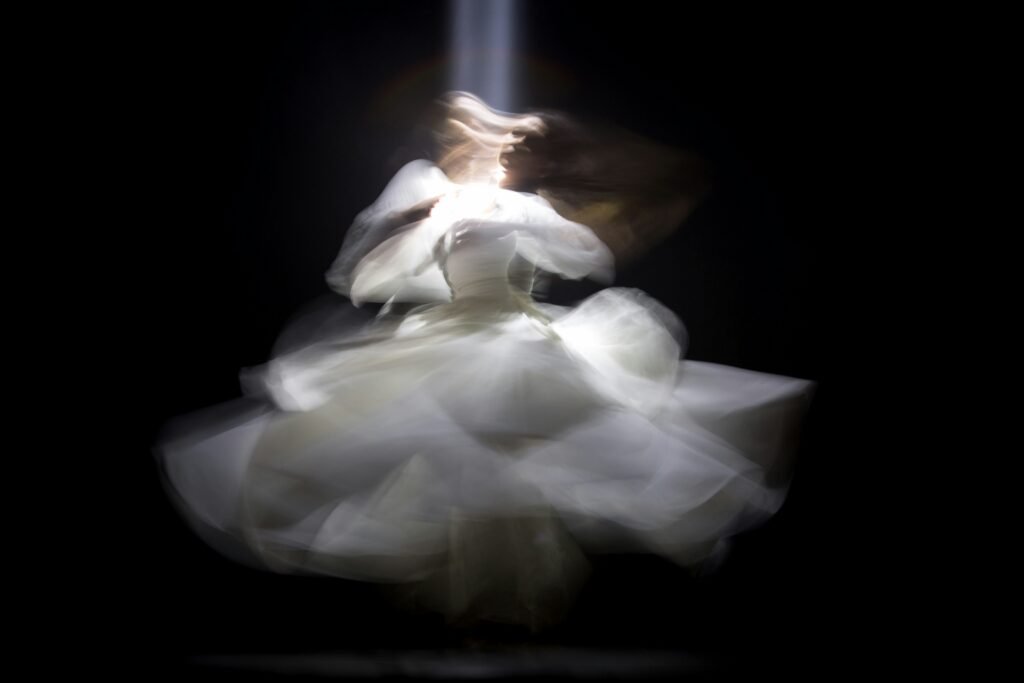
But the story doesn’t end in darkness. Gooding also emphasizes that in today’s entertainment landscape, artists have more control than ever. With streaming, social media, and creator‑driven platforms, performers don’t have to “play the game” to be seen. Independent creators can build their own stages, speak their own truths, and reach millions without trading authenticity for access.
Still, the temptation remains — recognition, validation, quick success. And every generation of artists must answer the same question: What are you willing to do for fame?
As Gooding put it, “You just make the best choices you can. Because once it’s gone — your name, your peace, your soul — there’s no buying it back.”

 Entertainment4 weeks ago
Entertainment4 weeks agoExecutive Producer Debut: How Celia Carver Created Festival Hit ‘Afterparty’

 Business3 weeks ago
Business3 weeks agoWhy Are Influencers Getting $7K to Post About Israel?

 Health4 weeks ago
Health4 weeks agoWhy Did Gen Z QUIT Drinking Alcohol?

 Advice4 weeks ago
Advice4 weeks agoHow AI Is Forcing Everyone Into the Entrepreneur Game

 Entertainment3 weeks ago
Entertainment3 weeks agoKeith Urban and Nicole Kidman Split After 20 Years as Actress Files for Divorce

 Entertainment3 weeks ago
Entertainment3 weeks agoTilly Norwood’s Rise Stirs Controversy

 News3 weeks ago
News3 weeks agoHow a Government Shutdown Could Hit Your Life and Wallet

 Business3 weeks ago
Business3 weeks agoOverqualified? Great, Now Prove You’ll Work for Free and Love It!




